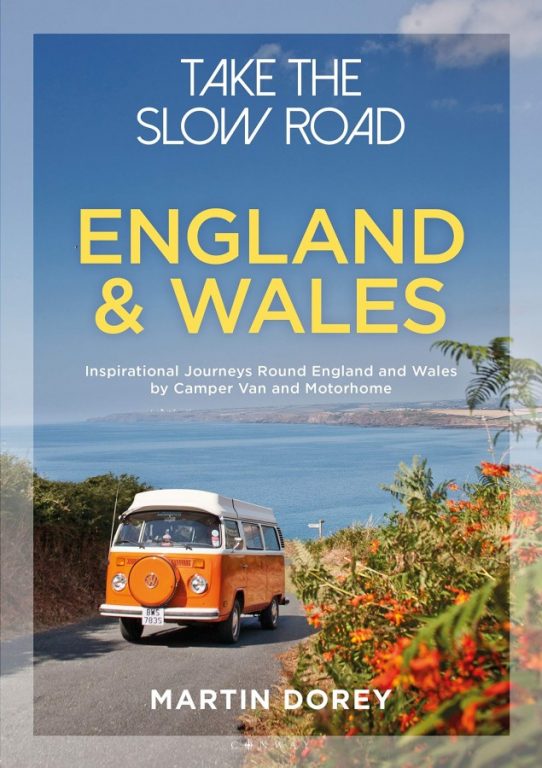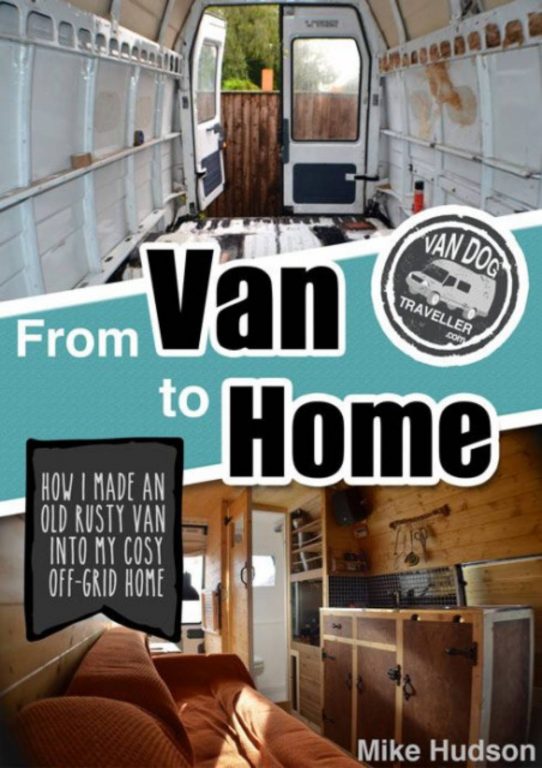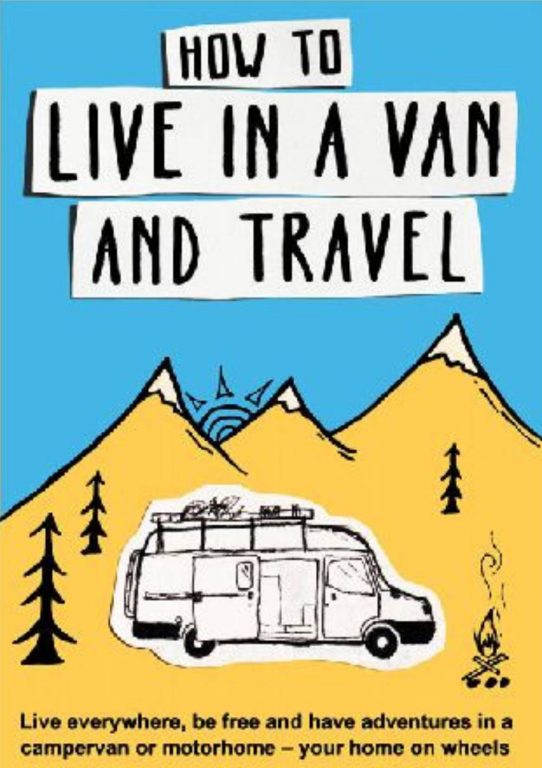Lisbon (Lisboa), the capital city of Portugal, is a compact city with enough attractions for about 4 days of visit, 2 or 3 more days if you go beyond the city. Like most european cities the street bustle and vibe is one of the key attractions. Sights are thin on the ground, due to a massive earthquake in 1755, but the Castelo and sights at Belem are definitely worthy of a visit. Attractions include several good museums and one of the worlds biggest and best oceanariums. Food is good, particularly the Brazilian influence. Costs are low, making Lisbon the cheapest capital city in western Europe.
Today’s Lisbon retains its 18-century layout. Built around the Tejo river, with the river mouth and sea visible from many vantage points. Two vast bridges cross the Tejo river. The Baixa is the lower town, and heart of the city. The Bairro Alto is the centre of nightlife, with restaurants, bars and clubs.
The influx of EU cash for Lisbon has given the city a new feel of optimism and has made the city a great and happening place to visit.
Sights and attractions of Lisbon
Most of the museums are free on Sunday.
Castelo de Sao Jorge
The Castelo is Lisbon’s most splendid monument, in appearance and the views it offers. The views from the castle are incredible, reaching right across the Tejo and out to see. Within the old Moorish walls are gardens, terraces, walkways fountains and peacocks. Perched up on ancient hills, giving the approach to the castle an extra atmosphere. €5.
Museu Gulbenkian
An excellent museum with several great collections including: Egyptian, Greco-Roman, Islamic, Oriental and European art. Housed in the lovely Fundacao Calouste Gulbenkian culture centre, alongside the Centro de Arte Moderna. Free on Sundays.
Bairro Alto
At night the home of Lisbon’s nightlife, with the greatest concentration of quality restaurants, bars and clubs. During the day it’s a different vibe with the narrow streets being home to elderly people sitting in doorways and children playing in the streets. Home to impressive churches.
Belem
Vasco da Gama set sail from Belem in 1497 on route to India, and the Mosteiro dos Jeronimos, a grand massive monastery, celebrates this voyage. The Torre de Belem is an intricate tower once marking the entrance to the port, although the Rio Tejo has now receded. The Museu de Arte Popular is at Belem, with a diverse collection. The Monumento dos Descobrimentos is also worth a stop. Visit the Antiga Confeitaria de Belem and try the pasteis de Belem, delicious flaky tartlets filled with custard-like cream. There is a great outdoor market here on Sundays.
Alfama
The oldest part of Lisbon. Narrow atmospheric streets run down from the castle, towards the Tejo river. The only region to survive the 1755 earthquake. Take a walk around to see the old Lisbon, with steep streets, narrow houses and rattling trams.
Baixa
The Baixa is the heart of the city. The home of many offices and banks, but also stores, cafes, restaurants are artists. The grid like arrangement was one of the first in Europe. It is one of the oldest parts of Lisbon. The tiny Nucleo Arqueologico museum shows the remains of Roman walls and a mosaic floor. Many of the streets in Baixa retain the tradition of a craft per street.
Se
Lisbon’s cathedral, the Se, is like the others found in Portugal. A large fortless-like romanesque building. Inside it is not very exciting, but worth a stop if you are returning from Alfama.
Oceanario de Lisboa – Oceanarium
Set in the Parque das Nacoes (park of nations) with great views of the Rio Tejo, alongside an excellent shopping centre and the Centre of Live Science, which is great for kids, big and small. One of the worlds biggest oceanariums, and one of the best. Avoid weekends which are the busiest. Adults €10.50
Basilica da Estrela
A vast domed church away from the city centre. Housed in the beautiful Jadim da Estrela garden; with a pool of giant carp, bandstand and a cafe.
Museu Nacional de Arte Antiga
Portugal’s national gallery, and a great collection of Portuguese, European and Oriental paintings and art. A must for art and museum fans. Has several excellent biblical paintings. Free on Sunday before 2pm.
Centro de Arta Moderna
Within the same grounds as the Museu Gulbenkian, the Centro de Arta Moderna is a well laid out collection of some of Portugal’s biggest names in twentieth-century art. A good collection, worth a visit for art fans. Free on Sunday.
Museu do Chiado
A good museum containing contemporary art. Has good paintings and sculptures, housed in a stylish building, once a biscuit factory. €3
Colombo shopping centre
The biggest in Iberia, home to 400 stores, 60 restaurants and 10 cinema screens.
Ribieria Market
A real life bustling market, located in a domed roof building. The sights, smells and sounds are amazing.
Eating and drinking in Lisbon
The Baixa has many of the cheapest street cafes and restaurants. Seafood is the specialty, Brazilian food is also excellent. It’s easier to find a cheap meal in the Baixa than in Bairro Alto, where the restaurants fill quickly and are more expensive.
Parking in Lisbon
Driving and parking in Lisbon is a major problem and should not be attempted. For the day, you can leave your vehicle in the suburb of Cascais and get the cheap and regular metro train into the city. If you wish to leave your vehicle for several days and stay in the city itself, leave your vehicle at the campsite (see below). The campsite is easy to reach via a main road.
Campsites in Lisbon
Parque Municipal de Campismo
Parque Florestal de Monsanto
Tel: 217 609 620
The main city campsite. It has lots of facilities, and is in a good position. 6km west of the city, with easy signposted access from the IC19 road.
The entrance is on Estrada da Circunvalacao, off the IC19. Buses run every 15 minutes to the city. Out of season this is a good place to leave your vehicle for several days if you wish to explore Lisbon using a hotel. Check at reception. Open read round. Moderately priced.
Costa da Caparica
There are several small campsites around Costa da Caparica. Buses take 30 – 50 minutes to the Praca de Espanha terminal.
Guincho
A nice Orbitur campsite set amongst pine trees close to Guincho beach. Just up from Cascais.
Around Lisbon
Sintra
Sintra is a beautiful town, the former residence of the Kings of Portugal. The town is set amongst the steep sides of various valleys.
Parking in Sintra
Parking in Sintra is a big problem. Almost everywhere is metered parking. There is a big free busy car park signposted as Portleo, which is definitely the best option. It gets busy at lunchtime though. There is room for smaller motorhomes. Larger motorhomes will struggle. For larger vehicles the metered parking on the Volta Do Duque is inline parking, and I saw many motorhomes parked there, suggesting access was easy enough. Volta Do Duque is between the Camara Municipal and Palacio Nacional, so useful for the sites. Don’t forgot to pay though.
Campsites in Sintra
The nearest campsite to Sintra is at Praia Grande.
Camping Praia Grande
tel: 219 290 581
Well equipped campsite on the Praia Grance beach, west of Sintra.
Free camping in Sintra
I am not aware of any free camping options in Sintra. Parking on the Volta Do Duque is an option. It is metered parking, but probably free overnight. The view there is good. There is a good police presence in the area during the day, but this suggests some petty crime problems.
Mafra
Mafra is the home to the Palace-Convent, a vast convent built by one of Portugal’s most extravagant monarchs.
Parking in Mafra
Try right outside, or around the side of the Palace. There are normally spaces. Around the side is the entrance to the military section of the Palace. There is always a guard on patrol at the military entrance. Park under the trees, and the chance of a break-in is as low as it gets!
Free camping in Mafra
Motorhomes have been seen parked in the car park right outside the Palace, at 09:00 and with the curtains pulled, suggesting that they where camped overnight.
Travelling south from Lisbon – to the Algarve, Alentejo or east
If you have explored Lisbon, Sintra, Cascais, Estroil, or anywhere east of Lisbon, and wish to travel to the south or east of Portugal you will need to cross the city. There are a couple of options, and all will involve at least a small toll charge to cross a bridge.
Non-toll roads to the south
Take the A2 (IP7) road south and across the Ponte 25 de Abril bridge (which is a toll bridge, but the €1.10 charge is worth it for the views). Then take the N10 to Setubal, and then onto Macateca. Then take the IC1 road south. The IC1 is a good road, dual lane in many places, and quite scenic. These roads are generally of good condition, and should be fine for larger vehicles.
To save time you can take a ferry from Setubal to Troia. Note: Be careful to not find yourself on the smaller roads to Setubal, these are poor quality, narrow and busy.
Toll roads to the south
Take the A2 (IP7) road south and across the Ponte 25 de Abril bridge, then stay on the A2 as it becomes the main road to the south.
Alternatives
If you are coming from the north of Lisbon, rather than the west, it is also possible to take the more expensive A12 (IP1) from the north of Lisbon, across the Ponte Vasco Da Gama bridge, which will bring you to the intersection at Palmela, north of Setubal. From there you can continue east, and then south, or take the ferry from Setubal to Troia.





Need Campervan
Hello,
We are moving to Lisbon and need a vehicle. We have always dreamed of getting a camper and touring around before we settle. How does one go about getting a sturdy diesel campervan in Lisbon? What are the best resources available? Any help would be greatly appreciated.
Best,
Alexander